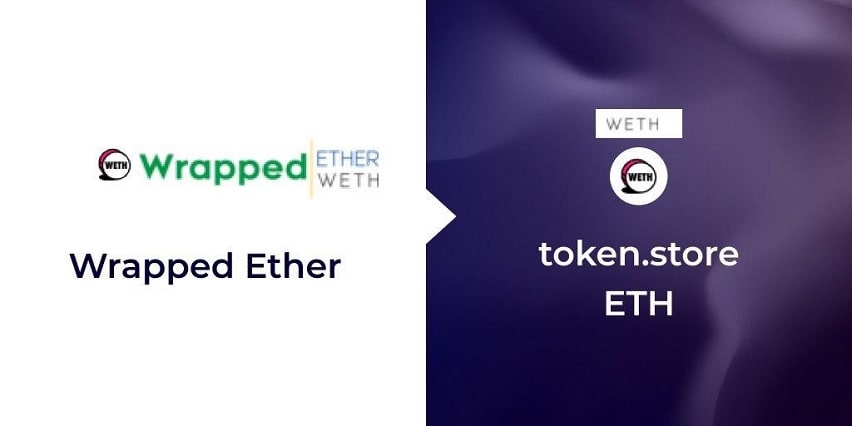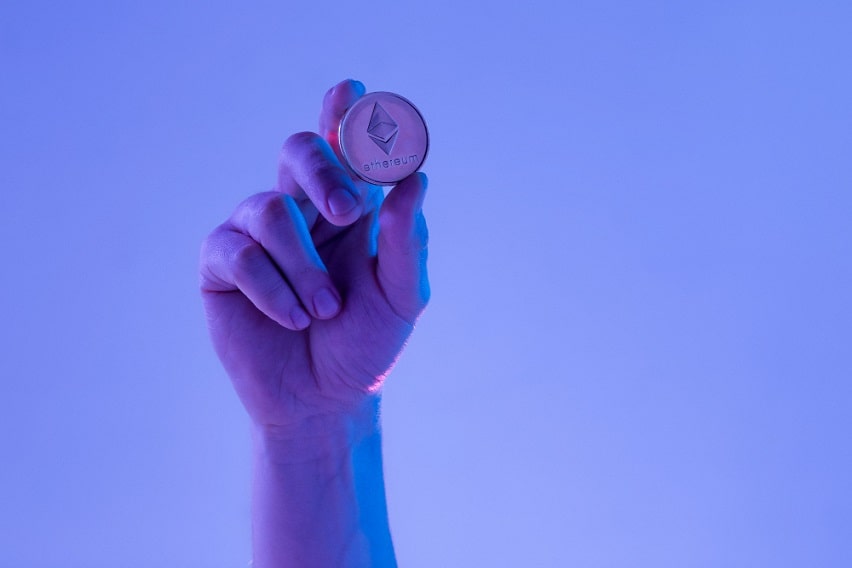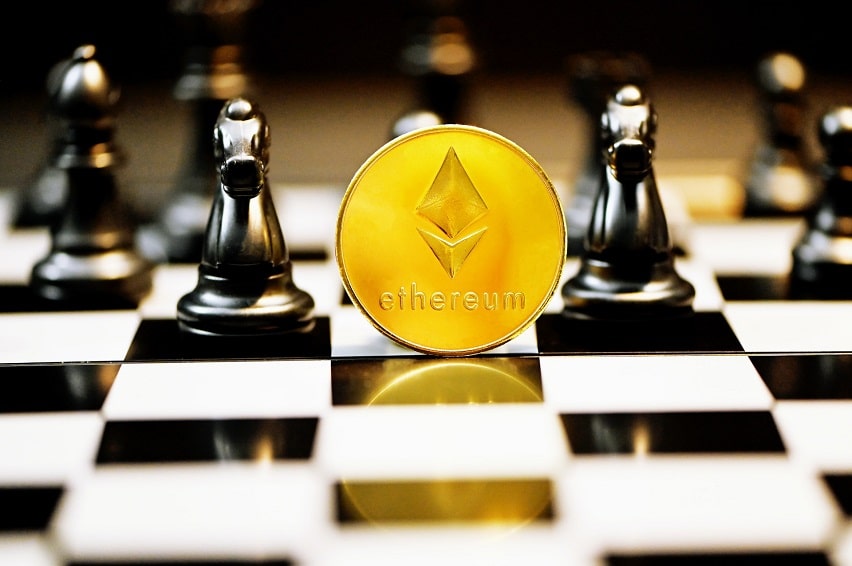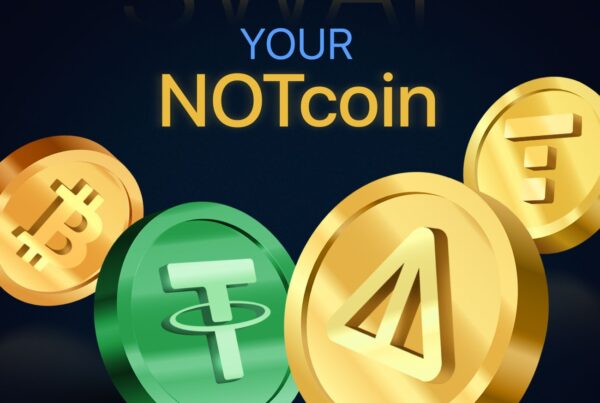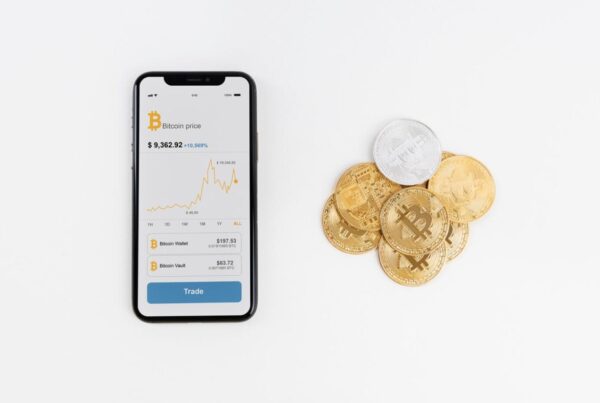The battle between WETH vs ETH has been raging for some time now. Some say that WETH is better suited for decentralized finance (DeFi) applications, while others believe ETH is the superior choice. But what sets these two Ethereum tokens apart?
In this comprehensive guide, we’ll solve the mystery of ETH vs. WETH once and for all. We’ll look at each token in detail, use cases, and more, so you can make an informed decision about which one is right for you. Read on!
What is ETH?
Ethereum (ETH) is a decentralized blockchain platform that enables users to make transactions, earn interest on their holdings, and execute and verify application code. It is the blockchain of choice for developers and enterprises due to its scalability, programmability, security, and decentralization. ETH is the native cryptocurrency of the Ethereum platform, which can be used as a digital currency in financial transactions or as an investment or store of value.
The Ethereum network also supports smart contracts, which are self-executing contracts that allow users to exchange money, property, shares, or anything else of value without the need for a third-party intermediary. Smart contracts enable developers to build decentralized applications (DApps) that are not run by any single entity. These DApps can be used for various purposes, such as finance, insurance, governance, healthcare, and more.
This crypto has become one of the most popular blockchains in the world due to its wide range of use cases and potential applications. It has enabled developers to create innovative solutions that have revolutionized many industries. With its growing popularity and potential applications, Ethereum is set to become even more important in the future.
Recently, Ethereum moved from the proof-of-work (PoW) consensus algorithm to a hybrid proof-of-stake (PoS) algorithm. The previous PoW model was becoming increasingly expensive and energy-intensive, so this shift has made it much more cost-effective. Additionally, the unveiling of Ethereum 2.0 has added features such as sharding and staking, which further improve scalability and energy efficiency.
What is WETH?
WETH stands for Wrapped Ether, and it is a tokenized version of the cryptocurrency Ether (ETH). It is an ERC-20-compatible token, meaning that it can be used in several platforms and decentralized applications (DApps) that support ERC-20 tokens.
WETH works by allowing users to make pre-authorized bids that can be fulfilled at a later date without any further action from the bidder. This makes it easier to use ETH in different types of transactions, such as those involving smart contracts on the Ethereum blockchain.
Wrapping ETH into WETH also allows users to convert ETH into other ERC-20 tokens, which can be used for various purposes. For example, users can convert their ETH into DAI stablecoin, which they can then use to pay for goods and services without having to worry about price volatility.
In order to wrap ETH into WETH, users must first have an Ethereum wallet with some ETH in it. They then must go through a platform or DApp that supports wrapping, such as Uniswap or Kyber Network. Once they have completed the process, their ETH will be converted into WETH and stored in their wallet.
WETH is basically a way to make ETH more useful and usable across different platforms. It facilitates the exchange of ETH into other tokens, allowing users to easily access and use decentralized applications.
What are Wrapped Tokens and How Wrapped Tokens Work?
Wrapped tokens are digital assets that represent the exact value of an original cryptocurrency from a different blockchain or token standard. They are created and destroyed by a process called “minting” and “burning”. To mint a wrapped token, the underlying asset is locked in a smart contract, which then issues an equivalent amount of the wrapped token. This process is reversed when burning a wrapped token, where the wrapped token is exchanged for the underlying asset.
Wrapped tokens have several advantages over native crypto tokens. They increase the liquidity and capital efficiency of centralized and decentralized exchanges, allowing users to access multiple blockchains with one asset. Additionally, they can be used to bridge two different blockchains together, allowing users to move assets between them without having to go through an exchange or any other third-party service. Finally, they can also be used as collateral for loans or other financial services.
These tokens provide users more flexibility when dealing with digital assets across blockchains. They make it easier for users to access multiple blockchains with one asset and bridge two different blockchains together without needing to go through an exchange or any other third-party service. With their increasing popularity, we can expect more applications of wrapped tokens in the near future.
How to Wrap ETH
How to convert WETH to ETH depends on the wallet or platform you use. The most popular wallets will give you the option to wrap ETH into WETH, though you’ll need to check the individual wallet’s support for WETH before proceeding.
In general, wrapping ETH into WETH is a straightforward process that typically requires only a few steps:
- Ensure your wallet or platform offers support for wrapping ETH into WETH.
- Select the “Wrapping” option in your wallet.
- Enter the amount of ETH you want to wrap into WETH.
- Send the transaction and wait for it to be processed by the network.
Once complete, you will now have an equal amount of WETH credited to your wallet.
It’s important to note that wrapping ETH can incur gas fees, which you should factor into your calculations when deciding whether it’s worth the cost of conversion.
How to Unwrap WETH and Convert it Back Into ETH
Unwrapping WETH to obtain ETH is also quite simple and typically requires only a few steps:
- Select the “Unwrapping” option in your wallet or platform.
- Enter the amount of WETH you want to unwrap into ETH.
- Send the transaction and wait for it to be processed by the network.
Once complete, you should have your original ETH returned to you minus transaction fees. It’s important to note that unless stated otherwise, WETH and ETH are both ERC-20 tokens, meaning they can be stored in any wallet or platform compatible with Ethereum.
ETH vs WETH: The Difference
There is a huge difference between ETH and WETH. These terms have been used interchangeably, but it’s important to know the differences in order to make informed decisions when trading.
Simply put, ETH is the native cryptocurrency of the Ethereum blockchain. It is used for payments and transactions on Ethereum’s network and can be used to pay for Ethereum-based services or goods. WETH, on the other hand, is an ERC-20 token that is used to interact with decentralized finance (DeFi) protocols. It is effective in buying, trading, and exchanging tokens on a decentralized exchange (DEX).
WETH is an ERC-20 token that is designed to solve the issue of incompatibility between different types of cryptocurrencies. As Ethereum-based tokens typically require ETH as payment, WETH provides a standardized way to convert any cryptocurrency into a form that is compatible with the Ethereum network.
As an ERC-20 token, WETH can be stored in any wallet or exchanged in all DEXs that support the ETH blockchain. However, ETH isn’t ERC-20 compliant. Therefore, it can only be stored in wallets and traded in exchanges that directly support the Ethereum blockchain.
WETH vs ETH: Which is Better?
Since we’ve solved the question of “Is WETH the same as ETH?”, now which one is better? First, the value of both tokens is the same. Essentially, there’s no better alternative between the two in terms of value.
Secondly, the differences in terms of usability are what sets both tokens apart. WETH is more suitable for decentralized exchanges, while ETH can be used to power other Ethereum-based applications and services.
The choice of which token to use will ultimately depend on your needs. If you’re looking to trade tokens on a DEX, then WETH is the best option for you. On the other hand, if you’re looking to purchase products and services online, then ETH is what you’ll need to use.
At the end of the day, it all comes down to understanding your own needs and making an informed decision as to which token suits you best. As a prudent investor, always use a blend of both tokens to stay ahead and make the most out of your investments.
Keep in mind that ETH and WETH are volatile assets, so it’s best to understand the risks before investing. With the right knowledge and strategies, you can maximize your profits when trading or investing in these two tokens.
Key Takeaways
- Ethereum (ETH) is a decentralized blockchain platform that enables users to make transactions.
- WETH stands for Wrapped Ether, and it is a tokenized version of the cryptocurrency Ether (ETH).
- WETH offers additional advantages compared to ETH, like the ability to use the currency in transactions on DApps or to create, share and store smart contracts.
- If you have WETH, you can unwrap it and get ETH.
Final Thoughts
This article has ended the debate on WETH vs ETH. We have looked at their uses and differences, as well as how to wrap/unwrap them from one form to another. Hopefully, this article has helped you understand better the differences between WETH and ETH, and how to make the most use of them.
Remember that both WETH and ETH have their uses in different Ethereum-based projects, so it’s important to be familiar with both tokens. As always, please research each project thoroughly before engaging in any investment or trading activities.
Ensure that you understand the risks and benefits associated with each token, so you can make the most informed decisions. Save your assets in the Tezro crypto wallet here.


